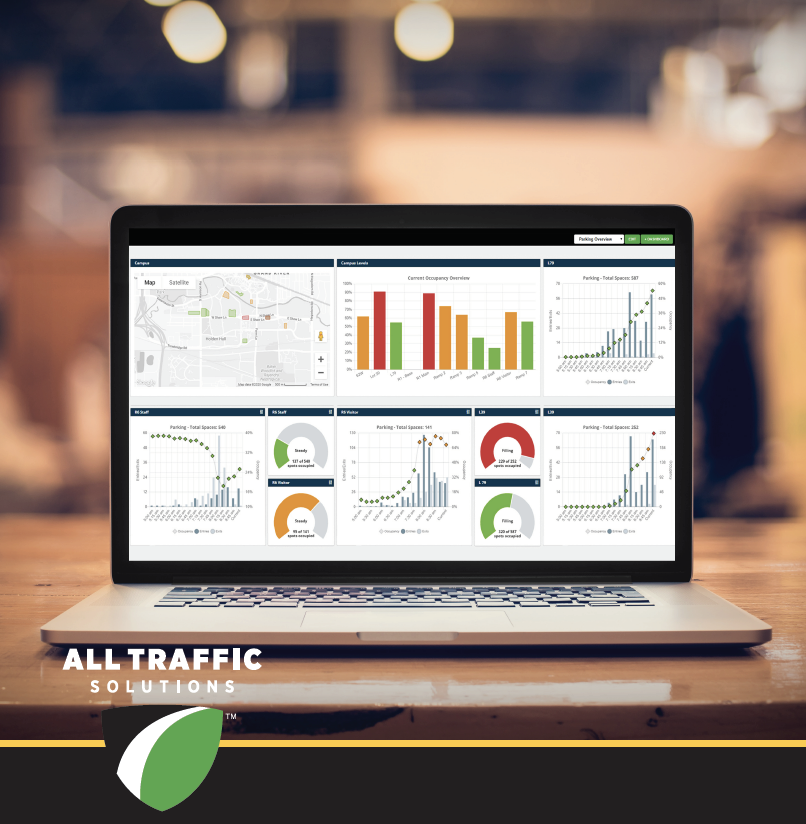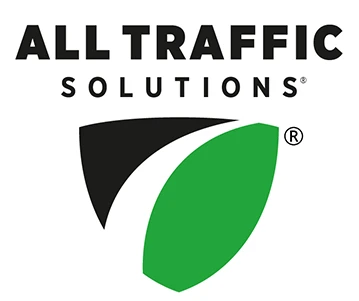Dear Parking Peers,
Here’s the thing. The thing I’m sure you all have thought or whispered, and only a few have said. Allow me to come right out of the gates with it.
Parking as we knew it has changed. In fact, transportation as we knew it has changed. This is not a bad thing. The way I see it, it’s an opportunity. It’s a new way of thinking. It’s a positive advancement for all of us. Honestly ask yourself what differentiates this “new normal” from any project, pilot or test run we’ve done before? Each situation is unique and brings its own set of challenges to the table for us to solve. It’s what keeps our industry so exciting and profitable. Right? Constantly on our toes. Adapting to new technologies.
In parking we’ve always encouraged innovative ideas, trying to stay one step ahead of the future. When presented with a problem, we first observe and collaborate, then plan strategically by incorporating stages of development, and finish with a final presentation of the best solution. We can still do this. We have to keep doing this.
This “project”, however, is large and the solution is one none of us are able to exactly determine. It will impact everyone’s life no matter the location, whether an urban sprawl or in the middle of Nowhere, West Virginia. The uncertainty will not help us advance, but if we at least start talking about what this could mean – based on what we do know and the data we are able to collect – I’m certain it will be better than before.
Hear me out.
Over the last month or so, a few objections I have been considering in regards to this post include Self Transportation, Public Transportation, and Trucking Transportation. All of which contribute to parking or lack thereof.
When lockdowns are lifted, many predict a lot more people in suburban centers will be driving their own cars so as not to risk contamination. This could mean a sharp increase in demand for parking availability. However, given the current state of our economy, increased unemployment and furloughs, the numbers become skewed. Not to mention those who rely on mass transit daily which may no longer be an option— at least not currently.
Workforce/Workplace Management
Data balances corporate campus parking availability and the workforce. Over 76 percent of Americans drive alone to work every day, while another 9 percent carpool with someone else.
Considering that ACS counted 150 million workers in 2016, that’s at least 115 million cars and trucks hitting U.S. streets every day. (America’s Commuting Choices)
What Parking Data Can Tell Us
We can use corporate campus parking data to develop remote work policies and ask:
- Are your remote workers coming back in one mass group (probably not), or are there processes that just work better remotely, allowing more people to work in the field?
- Workforce enablement – what can you do remotely based on the data you are collecting now?
Then, there are trucks. There were a lot of trucks before the pandemic and there are a lot now. I don’t need to know what you are purchasing from Amazon or how many trailers are filled with sanitizer and toilet paper. I’m talking about how we connect parking occupancy while also connecting traffic flow to the eventual parking occupancy numbers in specific facilities or zones.
So, if you have decided to put off your parking project, here’s why you shouldn’t.
Operators and app-centric companies will now represent a monumental shift for the industry. What do you do when no one parks? Anecdotal/predictive data and optimism will not be enough. Even when occupancy is up, if you still have separate systems collecting separate data, it’s going to be inefficient.
Begin with Accuracy as the Foundation
Basic occupancy data to dynamic pricing impacts parker satisfaction, garage revenue, even traffic density. Keep it fully scalable, manageable, customizable and include existing infrastructure – in one place. As you see numbers spike or fall, you need to make the call. [https://portal.parkingcloud.com/login]
Additional Features Needed
- Rapid Message Capabilities = “Mobility Information”
- Alerts – know when structures are beyond maximum threshold, when a vehicle has overstayed its allotted time or if a device is malfunctioning
- Reports and Subscriptions – by date, week, hour, location
- Mobile – Know occupancy beforehand. Archived data allows you to do trend analysis and operational planning.
If you haven’t had the chance to listen to Jim and Tauni explain how ATS ParkingCloud makes operational planning easier and more effective, because heaven knows homeschooling your kids brings its own set of challenges during the current lockdown and I’m thinking of you. When you do have fifteen minutes to spare, I kindly ask that you enjoy your next cup of coffee while watching this simple, straight forward webinar on counting accuracy and using collected data across multiple systems.
It’s Now or Never
I wish I was talking with all of you in person at trade shows, however, I’ve thoroughly been enjoying the online communications through LinkedIn. I absolutely enjoy watching you all of you choose optimism in light of this situation. We can learn so much from each other right now and make it even better than before. We’ve been saying for how long that the “Future is now”? Well then, it’s now – or never.
“We’re all in this together” has been the trending statement. I think we can edit that statement by starting a new trend in saying …
We are Technically Better Together.
Stay “tuned” for our next message when we take a deeper dive into data analytics and explain how to prepare yourself for what’s coming.
Thank you for reading.
Sincerely, CEP





